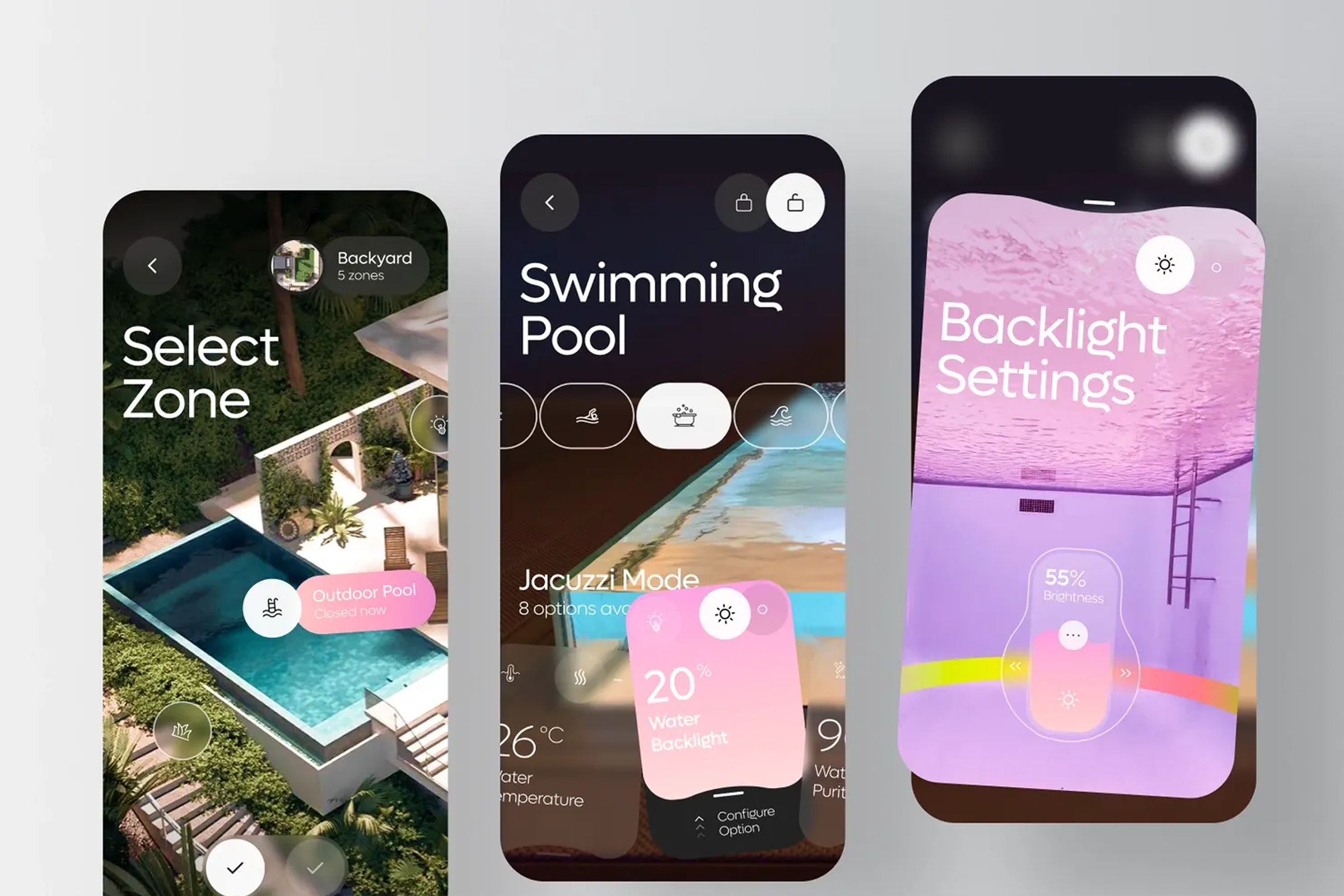
Agile vs Waterfall: Choosing the Right Development Methodology

Agile vs Waterfall
Agile vs Waterfall
Defining differences
When starting a new project, especially in technology, choosing the right way to manage the work is crucial. Two popular methods are Agile and Waterfall. Each approach offers a different path for organizing tasks, teams and timelines.
Understanding the core differences between these development methodologies helps ensure your project stays on track, meets goals and delivers the best results for your specific needs. Selecting the right project planning strategy can significantly impact success.
Agile vs Waterfall
- “
Understanding Agile and Waterfall methodologies is key to successful development processes.
Illia K.
Front-End Developer
Waterfall
Waterfall is a traditional, sequential approach, much like a flowing cascade. Each project phase, from planning and design to development, testing and deployment, must be fully completed before the next one begins.
This structured approach offers benefits like clear documentation, predictable timelines for well-defined projects and ease of managing fixed-scope work. However, its rigidity can be a significant pain point.
Changes later in the project are often difficult and costly, as there's little room for adaptation once a phase is "signed off." This can lead to decreased client satisfaction if initial requirements shift or market needs evolve during the long development cycle.
Agile vs Waterfall
- “
In contrast, Agile is an iterative and flexible methodology.
Vitalii B.
UX Architect
Agile
It breaks projects into smaller, manageable chunks called "sprints," typically lasting 1-4 weeks. After each sprint, a working piece of the product is delivered, allowing for continuous feedback and adaptation.
Benefits:
Collaboration
Enhanced client collaboration as stakeholders are involved throughout.
Responsiveness
Rapid response to changing requirements.
Timeliness
Earlier delivery of value.
This flexibility dramatically reduces the risk of building the wrong product. While Agile might seem less structured initially, it thrives on continuous improvement and communication.
Agile vs Waterfall
Agile’s pain points
Its pain points can include less predictable upfront costs and timelines, as scope can evolve and it requires a highly engaged team and client. Both methodologies directly affect development processes, project planning and overall project success, impacting everything from team dynamics to product quality and market responsiveness.
Real-world application
- “
Both Waterfall and Agile methodologies find their place in real-world development processes.
Alina L.
CX Designer
A classic example of a Waterfall approach might be building a large-scale government system, like an air traffic control system, where regulatory compliance and strict, upfront documentation are paramount.
Here, requirements are typically very stable and changes are exceptionally costly to implement late in the project. The methodical, phase-by-phase completion ensures all critical safety and operational standards are met before moving to the next stage.
Metrics for success would focus on adherence to initial budget and timeline and comprehensive testing at each gate. While not directly tied to general traffic or conversion, the success metric is functional integrity and stability.
Agile vs Waterfall
- “
Conversely, Agile methodologies are the backbone of many successful technology companies, especially those developing digital products with evolving user needs. Consider Spotify.
Stan D.
CIO
They extensively use Agile, specifically a form of Scrum, to continually develop and release new features. Instead of planning a year of features upfront, they work in short sprints, regularly releasing updates to specific user segments.
For example, a new personalized playlist feature might go through several iterations based on user feedback.
This rapid iteration cycle directly impacts user satisfaction and engagement. Spotify can deploy new features quickly, test their impact (e.g., A/B testing a new UI element showing a 10% increase in daily active users for that feature) and adjust based on real user data.
Agile vs Waterfall
This continuous feedback loop boosts user retention and supports their massive traffic and subscription conversions. Agile enables them to quickly adapt to market trends, maintain high customer satisfaction and drive their business growth by consistently delivering value.
- “
When initiating a project, selecting the appropriate development methodology is a critical decision that profoundly impacts its trajectory and outcome.
George S.
CCO
RDL solution
- “
At RDL, we understand that there isn't a one-size-fits-all answer for project planning.
Kate S.
UX/UI Designer
Agile vs Waterfall
We work closely with project managers, product owners and business analysts to evaluate whether an Agile or Waterfall approach, or even a hybrid, best suits their specific needs.
We advise trying both. For projects with clearly defined, stable requirements and a fixed timeline, we can try a Waterfall development process, ensuring meticulous documentation and phase-gate approvals.
Conversely, for initiatives requiring flexibility, continuous client collaboration and rapid iteration, we prefer advising Agile methodologies. This allows for constant feedback loops, adapting to evolving market demands and delivering value incrementally.
- “
Our solutions empower clients to make informed choices that align their development process with their strategic goals, minimizing risks and maximizing the potential for successful product delivery.
Victoria P.
Team Lead
The choice to make
Choosing the right development methodology is pivotal for any project's success. Whether it's the structured predictability of Waterfall or the adaptive flexibility of Agile, each path offers distinct advantages depending on your project's unique demands, scope and appetite for change.
Thoughtful project planning and understanding these approaches will empower project managers, product owners and business analysts to guide their teams toward optimal outcomes. Consider your project's characteristics and team dynamics carefully; the right choice makes all the difference in delivering exceptional digital products that truly resonate.
Shall we chat?
[email protected]Let’s

talk
Let’s

talk















